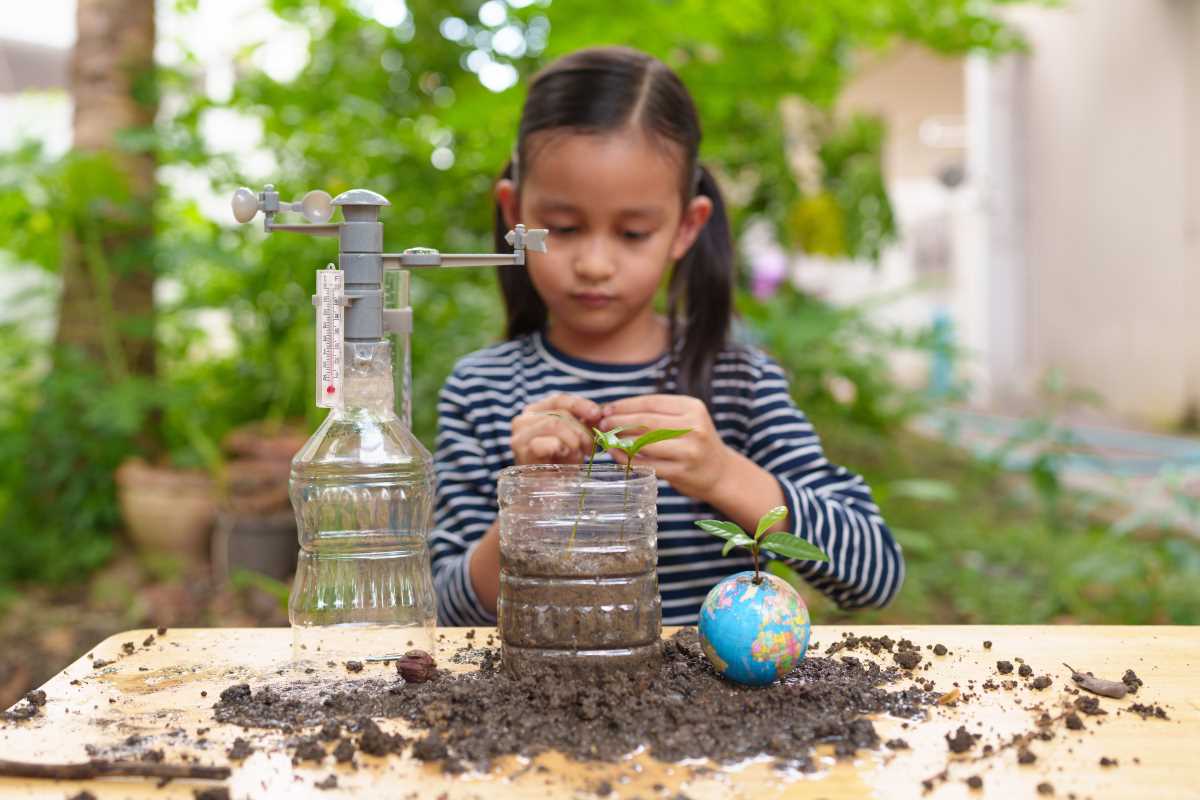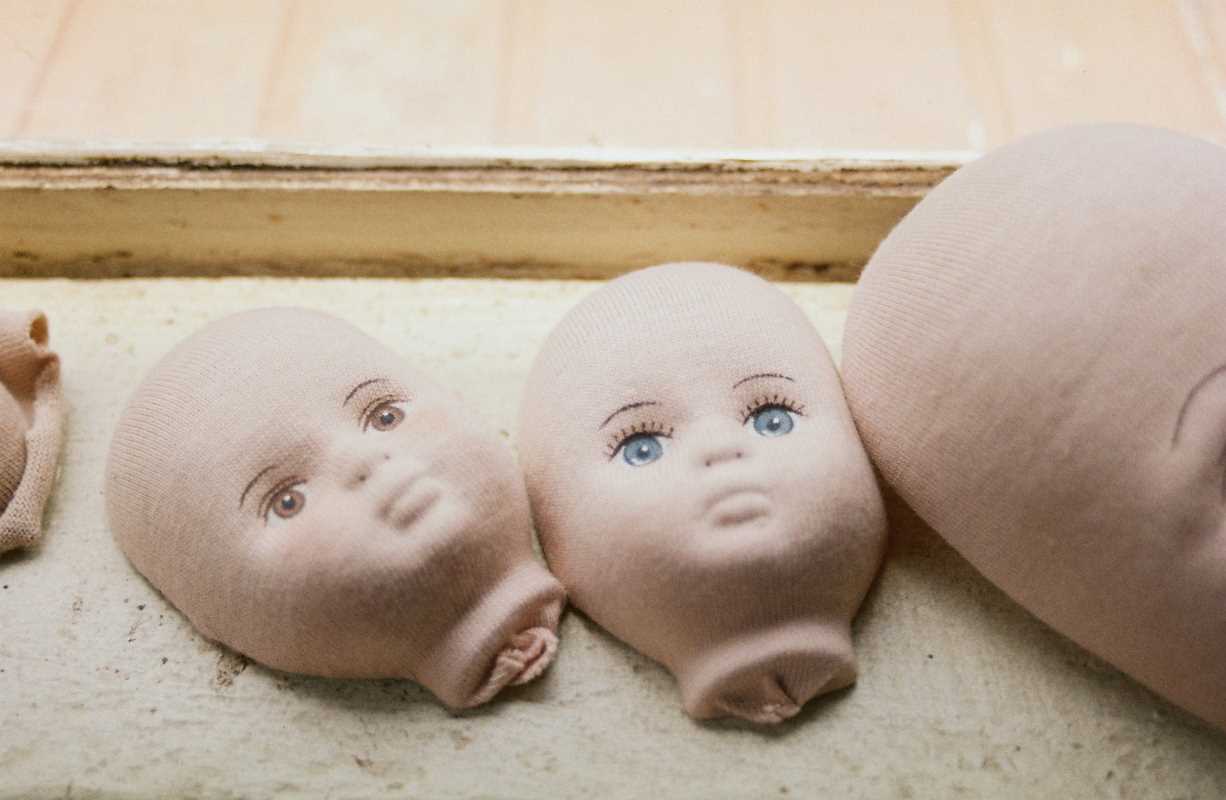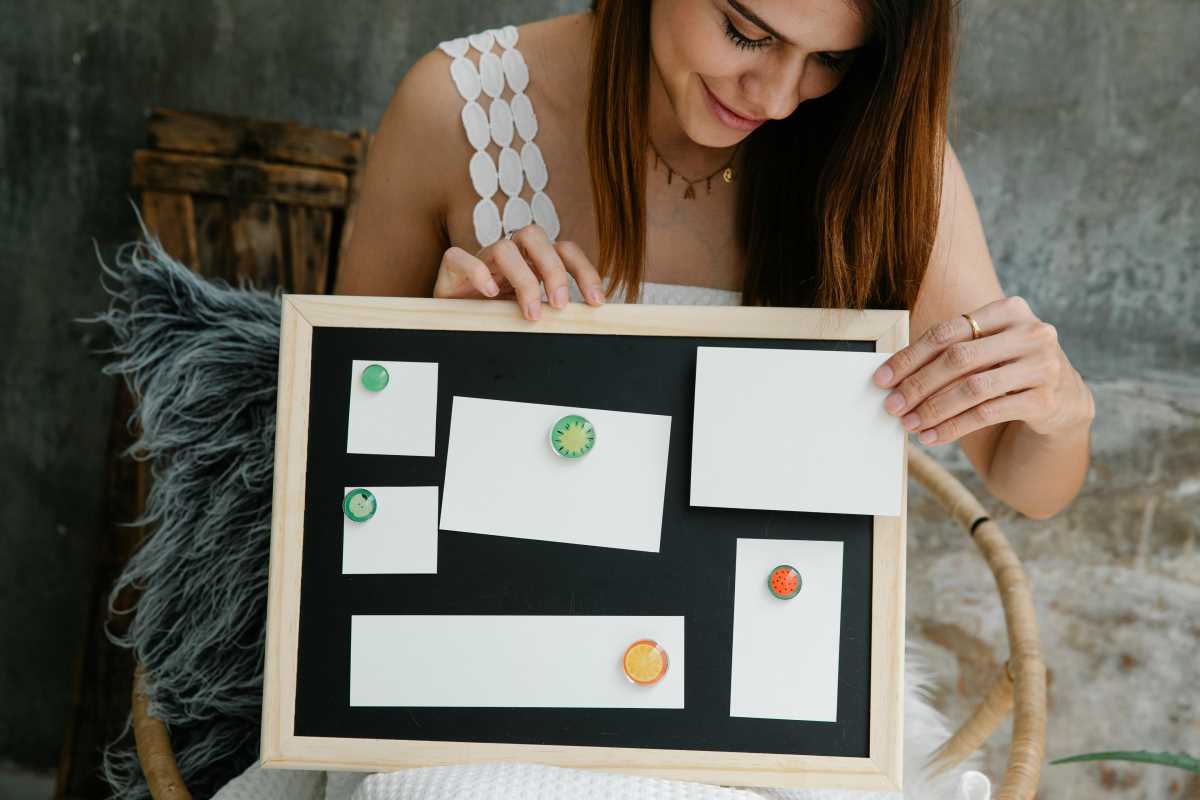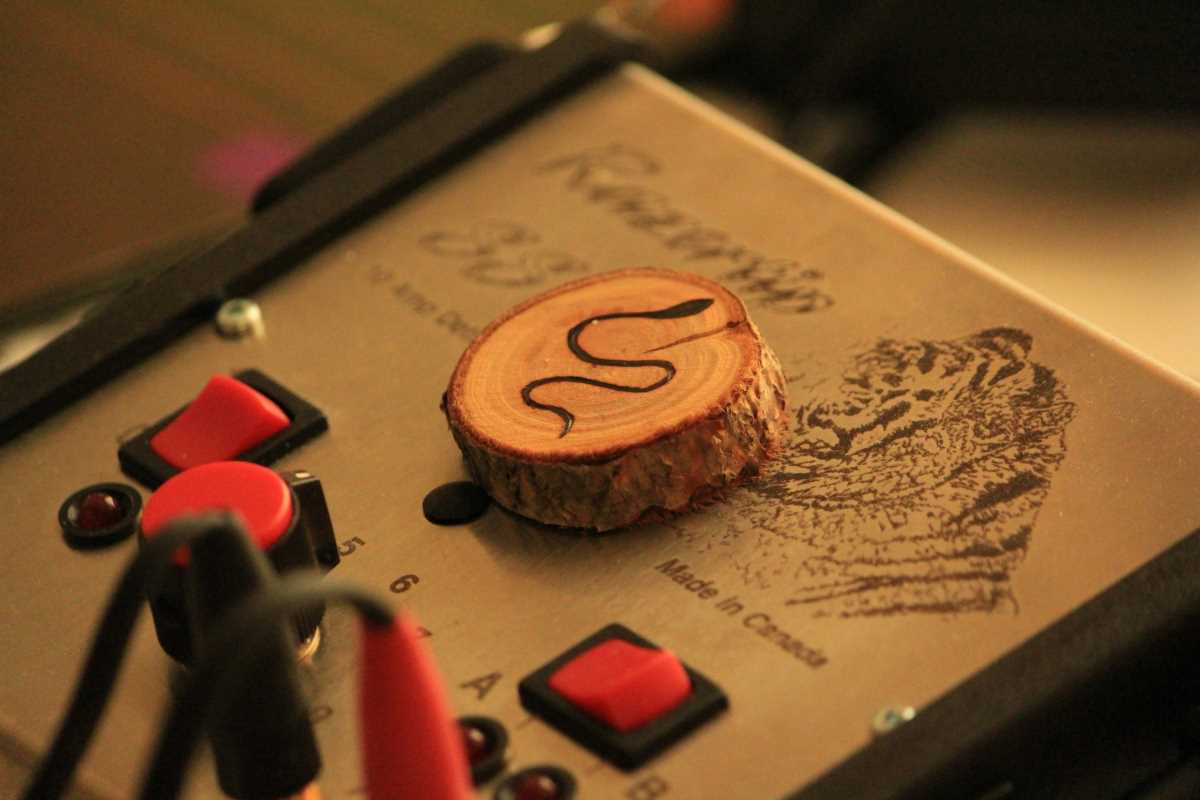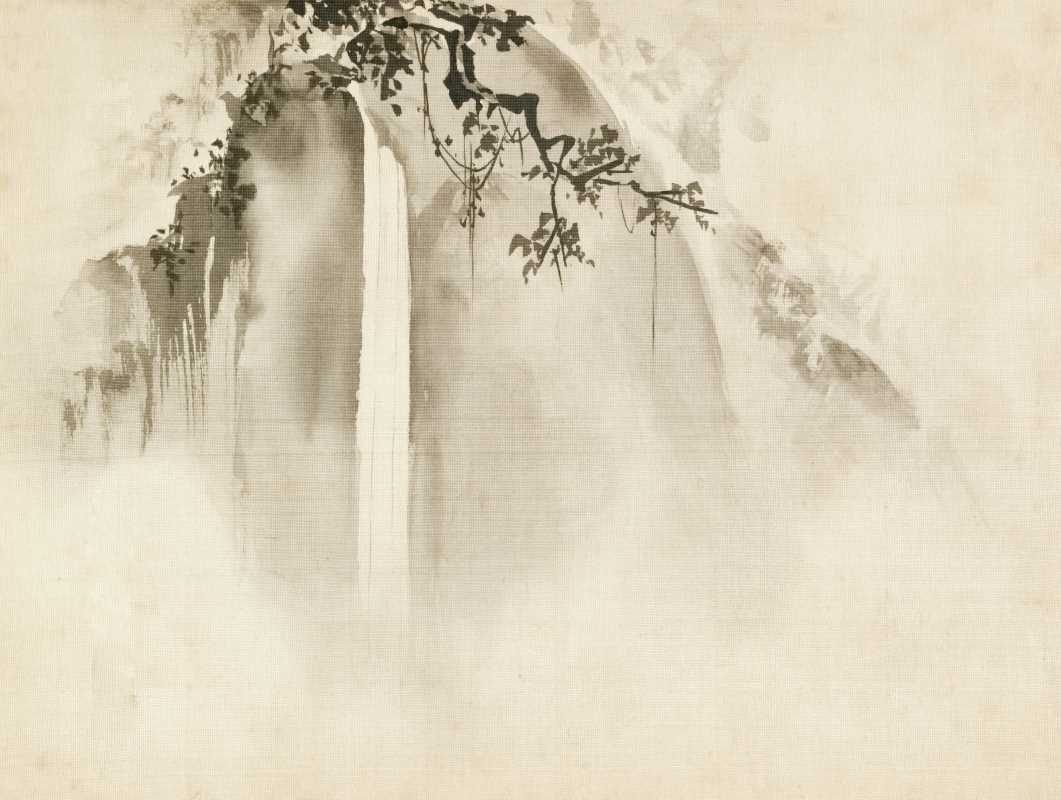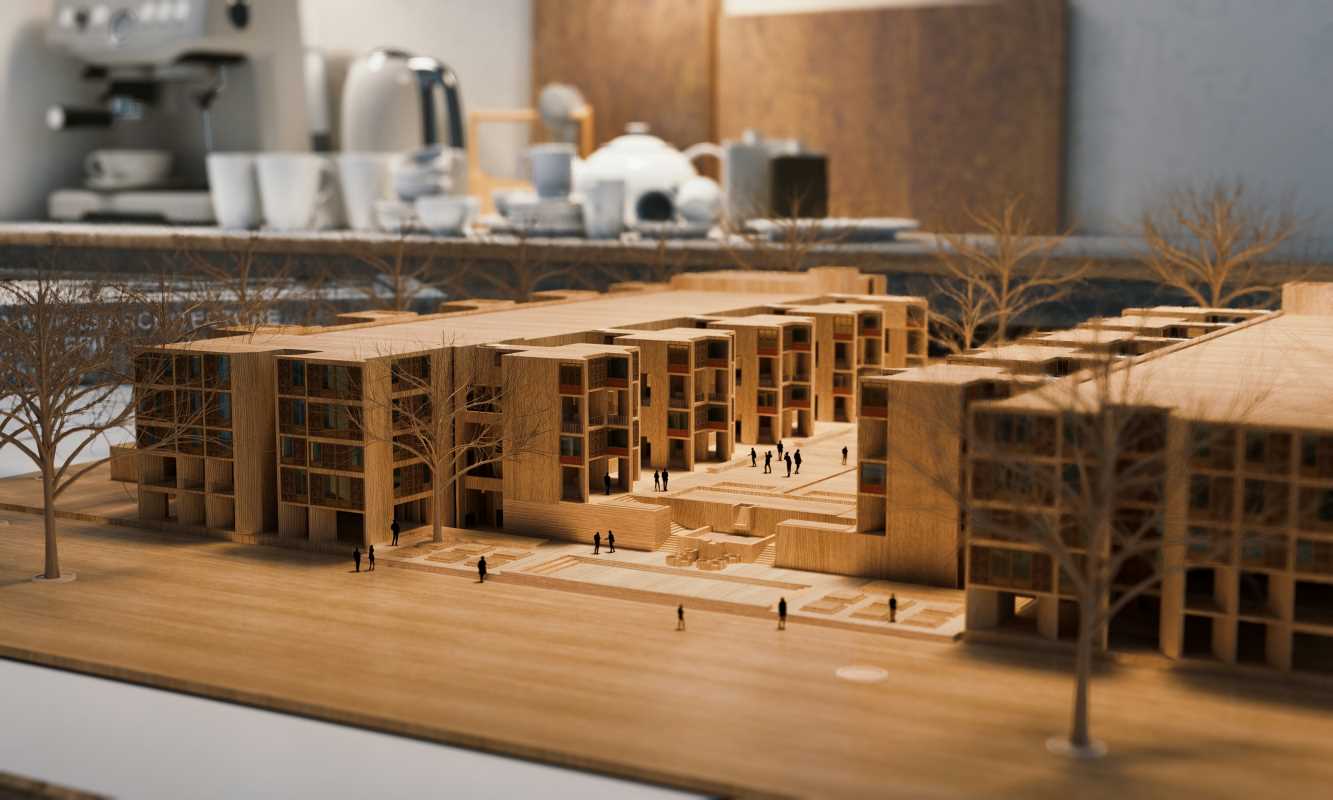Even the most ordinary discarded items can inspire fresh creativity. A rusty piece of metal, a lone button, or a worn scrap of fabric might seem like junk at first glance, but each one carries its own unique color, texture, and form. These overlooked materials offer endless opportunities to build something imaginative and unexpected. By exploring the hidden potential in what others abandon, you can assemble pieces into a lively new creation. Curiosity leads you to see value where others might not, turning simple objects into the building blocks for artistic expression and fun experimentation.
Recognizing Potential in Everyday Objects
- Mouse-trap springs carry tension and curve that mimic organic limbs, inviting sculptural arms or abstract spirals.
- Broken kitchen utensils bring sturdy metal and familiar handles that combine into futuristic architectural forms.
- Discarded wine corks stack into patterned columns, adding rhythmic repetition and natural warmth to colorful creations.
- Old bicycle chains offer linking segments that breathe mechanical life into insect-inspired sculptures or flowing mobiles.
- Gracefully rusted sheets of tin yield flowing flaps and cuts for dramatic shadow plays in wall-mounted pieces.
Tools and Techniques for Making Sculptures
- Cutting Tools
- Use: Metal shears or heavy-duty scissors
- Purpose: Trim shapes precisely
- Steps:
- Secure material in a clamp
- Mark cutting lines
- Apply firm, even pressure
- Cost: Shears start around $20
- Tip: Oil joints to avoid jagged edges
- Adhesives
- Use: Epoxy or industrial hot glue
- Purpose: Bond dissimilar materials strongly
- Steps:
- Clean surfaces
- Apply adhesive sparingly
- Clamp parts until cured
- Cost: Epoxy kits run $15–$25
- Tip: Mix small batches to prevent waste
- Joinery
- Use: Rivets or small bolts
- Purpose: Create mechanical joints that flex or lock
- Steps:
- Drill pilot holes
- Insert rivet
- Set with hand tool
- Test movement
- Cost: Rivet starter kits cost under $30
- Tip: Keep spare washers for stability
- Surface Treatments
- Use: Spray paint or patina agents
- Purpose: Transform and unify different textures
- Steps:
- Clean surface
- Apply primer
- Spray multiple thin coats
- Seal with clear coat
- Cost: Spray cans average $6 each
- Tip: Layer colors for a gradient effect
- Support Frameworks
- Use: Wire or wooden dowels
- Purpose: Provide internal strength
- Steps:
- Sketch shape
- Bend wire to outline
- Reinforce with cross-bracing
- Attach elements
- Cost: Wire packs cost about $10
- Tip: Twist joins tightly to avoid wiggle
Hands-On Examples for Eye-Catching Results
- Repurposed Gears
- Category: Mechanical mosaic
- Purpose: Craft a kinetic wall piece
- Steps:
- Harvest gears from old appliances
- Clean each gear
- Arrange interlocking shapes on plywood backing
- Secure with epoxy
- Add hanging hardware
- Cost: Free if scavenged, $10–$15 for cleaning agents
- Insider tip: Lightly sand gear teeth to reveal bright metal highlights before assembly
- Wood-Button Fusion
- Category: Tactile relief sculpture
- Purpose: Combine smooth and rough textures
- Steps:
- Sort buttons by size
- Glue larger buttons as base layer
- Sprinkle small beads into gaps
- Paint entire surface with translucent wash
- Mount on wooden panel
- Cost: Buttons often free from thrift stores, paint kit around $12
- Insider tip: Apply sealant between layers to prevent paint bleed
- Fabric-Twine Assemblage
- Category: Woven organic form
- Purpose: Add warmth and softness
- Steps:
- Cut fabric strips
- Wrap around thick twine armature
- Stitch overlapping layers at junctions
- Knot off ends securely
- Spray with stiffener to hold shape
- Cost: Fabric scraps are free, stiffener spray $8
- Insider tip: Twist fabric strips tightly for less bulk and more defined lines
- Chain-Link Cascade
- Category: Hanging mobile
- Purpose: Explore motion and reflection
- Steps:
- Source small chain segments
- Link lengths of varying sizes
- Attach mirrored discs at ends
- Balance lengths on a central hoop
- Suspend from ceiling hook
- Cost: Chain packs $7, small mirrors $5
- Insider tip: Use fish hooks to quickly swap lengths for balancing
- Rust-Painted Relief
- Category: Industrial-inspired wall art
- Purpose: Emphasize contrast of rust and vivid paint
- Steps:
- Collect rusted metal sheets
- Neutralize rust with vinegar rinse
- Let dry
- Stencil geometric patterns
- Apply bright acrylic paint within stencils
- Seal edges
- Cost: Stencil set $10, acrylic paint $15
- Insider tip: Use low-tack tape to protect adjacent areas during painting
Bring Your Artistic Vision to Life
- Define an emotional theme that resonates—maybe transformation or resilience—so each piece you choose fits a cohesive story and speaks to viewers on a deeper level.
- Sketch rough layouts to test visual flow; simple pencil drawings help you see where each fragment should land before you begin cutting or gluing.
- Set up a dedicated workspace with good lighting and storage bins; grouping materials by color or texture keeps you focused and reduces distraction.
- Play with scale by combining tiny components with larger fragments; experimenting with proportions adds unexpected drama and invites closer inspection.
- Share your work-in-progress photos with a friend or community group to gather fresh ideas and catch potential balance issues before you finish assembling.
Start exploring your collection of upcycled materials and create something bold today. Every scrap offers a surprise waiting to change under your hands, and the next masterpiece might begin with something as simple as a bent fork or a discarded button.
Pick up your first tool and turn those forgotten scraps into something unexpected. Enjoy the creative process as you craft.
